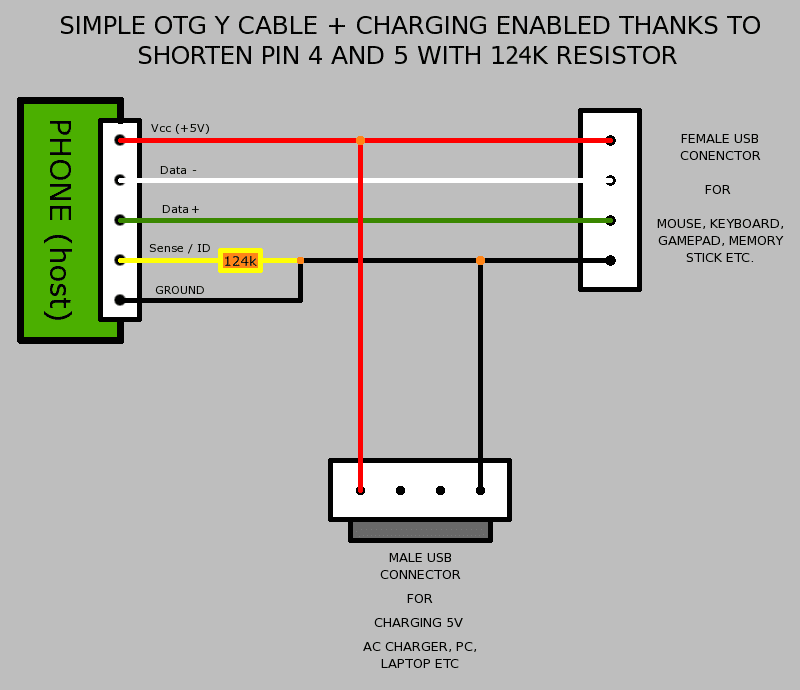It would be nice to see what steps have to be done before the mass-production can start. It would be less like a black box.
Well, hard to tell.
1. Wait for the case. If it's fine: Done. If not, then I can tell what issues it has.
2. Same for the keymat.
3. Same for the revised LCD Cable.
4. We're currently heavily working on finding any remaining issues on the hardware (zmatt, aTc, slaeshjaeg, hns, me and some others are heavily working on that and discussing about it). So far, most of the issues we found have simple fixes (remove a resistor here, etc.). There's only one that might be a bit more complicated, but we could still produce the first 570 units with some restriction (more about that in the newspost)
Well, apart from writing a manual, producing the boxes, etc., that should be it.
As long as we don't find tons of other bugs, the hardware is pretty much done. We've found quite a few last and this week, but the things to poke around and test are fewer and fewer now, so it's less likely each day we find anything else.
[doublepost=1490225270,1490225064][/doublepost]
OK, for future projects: It could help to ask in advance if the Hardware/Software you want to use also works 100% under Linux.

Well, the problem is: It doesn't make sense. If the rotator chip would simply use the sync it receives from the video data (which is what any sane person expects), then it would work with whatever you use to throw video data at it
No one knows why the rotator chip uses it's own clock and wants to sync the system to itself instead of using the sync from the video signal as clock... that was unexpected.
Why not using a dedicated charging jack instead? (to late, I know

) Or the other free USB ports that can't charge? ...Or an simple USB-Hub?
Where should the charging jack be? To add it, we would need to remove one of the USB ports. So it's better that the USB port can be used both for charging AND serial out.


